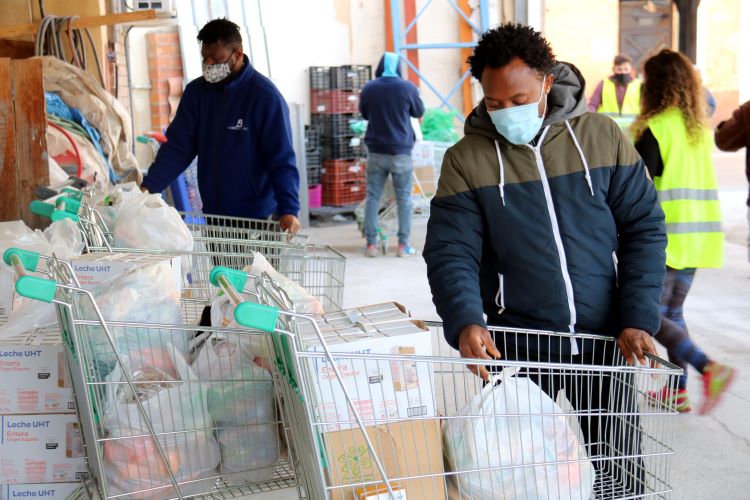1 in 4 Catalan residents at risk of poverty or social exclusion
Over 400,000 children live in poverty despite improved indicators

Slightly over a quarter of Catalonia's residents (25.9%) were at risk of poverty or social exclusion (AROPE) in 2021, 0.8 percentage points fewer than a year prior, according to the Catalan Statistics Institute (IDESCAT).
AROPE, the indicator used by Eurostat to monitor EU2030 targets, calculates the share of the population "at risk of poverty, severely materially and socially deprived, or living in a household with a very low work intensity."
Although the risk of poverty and households with a very low work intensity have dropped, the rate of severe material and social deprivation increased from 8% to 9% last year.
Over 400,000 children in poverty
Younger people, especially those who are not Spanish nationals, are more likely to be at risk of poverty or social exclusion than the rest of the population.
IDESCAT's latest findings show that children 16 and younger have an AROPE rate of 32% - a figure that, while down from 2020 rates, climbs to 51.7% among foreign nationals but drops to 20.8% among Spanish households.
Based on these IDESCAT figures, Save the Children, a charity that seeks to improve the lives of minors, was able to estimate that there are more than 400,000 kids living in poverty in Catalonia.
Although there were some 61,000 fewer children in poverty in 2021 than in 2020, Save the Children warns that kids and teens "continue to be the social group that most suffers from the consequences of social exclusion" and stresses that conditions have, in fact, worsened in single-parent households.